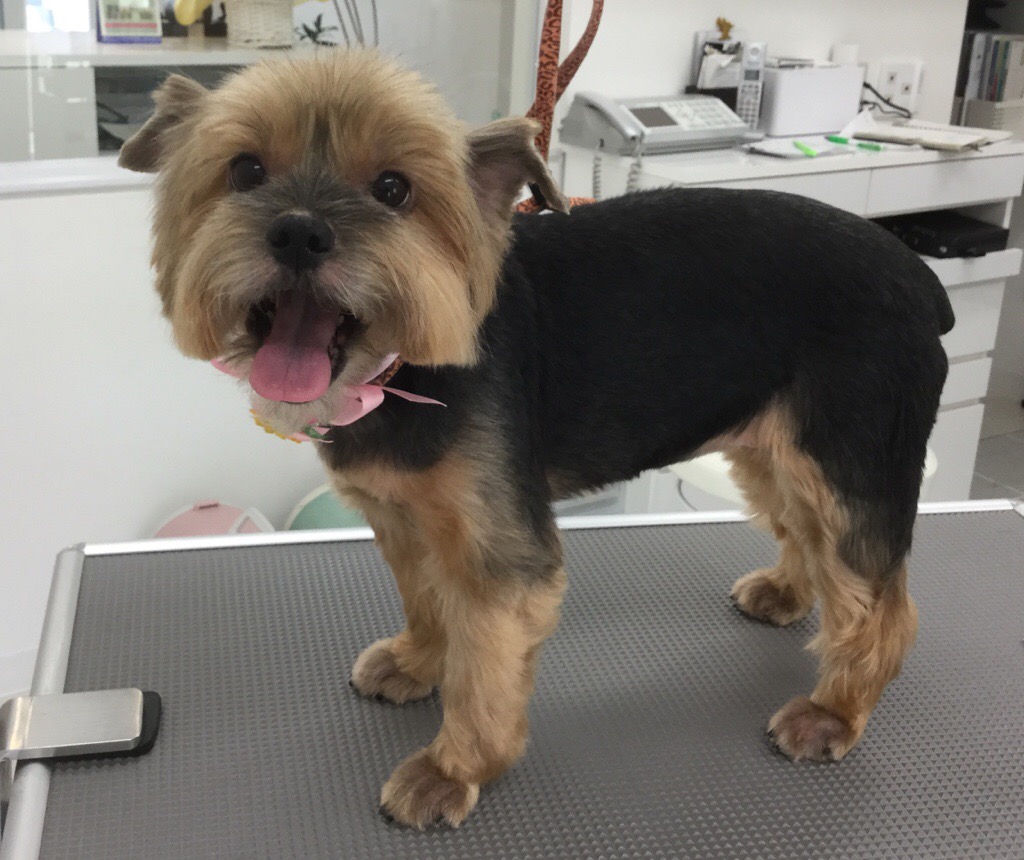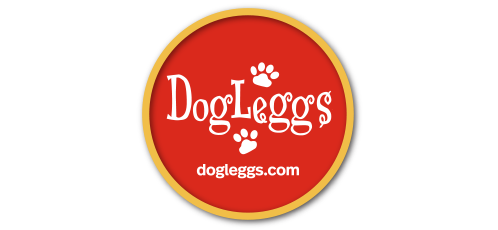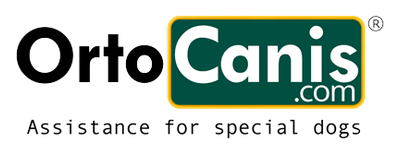The dreaded diagnosis. It might be more traumatic to learn of your dog diagnosed with cancer than yourself. The reason? We anthropomorphise our animals and they are a part of our family, our routines and lives. What can you do to prevent and recognise the symptoms or warning signs of cancer? Here’s a list. As always, you know your animal best, as does your veterinarian. These guidelines and information are meant to aid – not to be used to self diagnose and treat. Dr. Master has some insights.
CANCER IN DOGS
Cancer in dogs occurs more frequently than one would expect. Statistics say, fifty percent of dogs over the age of 10 develop cancer at some point. We most commonly see malignant lymphoma, which is a tumour of the lymph nodes, mast cell tumours, which is a form of skin cancer, mammary gland tumours, or breast cancer, and soft tissue sarcomas.
Lymphoma is the most common cancer to occur in dogs. Untreated, the average survival time from diagnosis is about two months. This can be prolonged with chemotherapy (in some cases for 12 months or occasionally longer), although unfortunately not all lymphomas respond successfully. Treatment of a malignant tumour usually involves surgery. Similar to breast cancer in humans, dogs will either have just the tumour removed or the entire mammary tissue along with lymph nodes.
Warning Signs of Cancer in Dogs
- Collapsing
If your dog collapses, get to the vet immediately. Collapsing, weakness, and general lethargy (not greeting people at the door like usual or less interaction) are common signs of cancer.
- Coughing
Coughing doesn’t automatically signal cancer; for example, small breed dogs tend to develop coughs because they have windpipe problems. “If the dog coughs once or twice, it’s of no concern, but if it continues to cough for more than a few days, that’s a concern and could signal lung cancer.
- Weight loss
Weight loss is the number-one dog cancer symptom it’s often the sign of a gastrointestinal tumour. Dogs stop eating because of gastrointestinal tumours, and they loose weight very rapidly. Cancer can also cause dogs to lose weight while maintaining their regular appetite. If you notice your dog shedding pounds, either rapidly or slowly, make an appointment with your vet.
- Mouth changes
Sores, lumps, a strange odour, bleeding, or a change in gum colour can be a sign of oral cancer, particularly in older dogs. This cancer sign in dogs often goes unnoticed for too long. “We commonly find visible oral tumours because people don’t examine their pet’s mouth. Many oral tumours can be really devastating because people don’t find them until it’s advanced. It’s a good idea to keep a watch when your pet yawns or eats.
- Nosebleeds
Nosebleeds are never normal, says Dr. Rocha. “With an older dog, a nosebleed is particularly worrisome. It can be a sign of cancer in the nose. “With younger dogs, I would worry more about something like a foreign object stuck up there before cancer.”
- Diarrhoea or changes in bathroom habits (for dogs that rely exclusively on dog walkers – talk to your dog walker and ensure they inform you in time)
Occasional diarrhoea usually isn’t a sign of cancer in dogs, but if it persists or gets worse, get your dog to the vet. Constantly begging to go out to go to relieve themselves, difficulty peeing/moving bowels, vomiting, or blood in the urine or stool are also potential dog cancer symptoms.
- Discharge
Persistent discharge from the nose or eyes is cause for concern. Nasal discharge is a common sign of facial tumours, and eye discharge can signal an eye tumour.
- Seizures
Seizures can be a sign of brain tumours and are typically seen in older dog cancer patients. If you start to notice sudden and uncontrolled bursts of activity, like chomping and chewing, jerking of the legs, or foaming at the mouth, your dog could be experiencing seizures and you should see a vet immediately.
- Skin changes
“Every lump, bump, or skin change should be checked. “It could be benign or cancerous, but it’s always easier to treat the earlier it’s caught.” Feel for bumps, lumps, or swelling as you pet your pooch. If you notice something, don’t delay—there’s no way to distinguish between a lump that’s benign or malignant without taking a sample. Also pay attention to any sores that won’t heal or lesions that seem itchy or painful.
- Weight gain
Sudden weight gain or bloating can be a sign of cancer in dogs. If your dog is eating less but seems to be bulking up, take a trip to the vet. A sudden spike in appetite also warrants a visit.
- General pain or discomfort
“Pain is a rather substantial sign of cancer. If your dog whines or cries out when you pat her tummy or pick him up, call your vet. Mouth tumours may cause noticeable discomfort when eating.
“Your dog has cancer” might be the four scariest words to a pet parent. After you get that diagnosis, chances are you scarcely hear your vet lay out the treatment options, which likely include chemotherapy. Understanding the treatment and how it works, however, will ensure that you make the best decision for your dog.
Side effects for dogs are milder and generally last for a shorter period of time than for humans receiving chemotherapy because dogs are given less-aggressive treatment, Intile said. In fact, 75 to 80 % of dogs have no side effects. When present, typical side effects include loss of appetite, vomiting and diarrhoea. Less than 5% will suffer those effects more severely and will need to be brought into the vet to receive fluids, she said. “There may be little windows of time to restrict activity, maybe days three to five (after treatment). But we don’t want you to put your dog in a bubble. Our goal is for your pet to have a totally normal lifestyle,” she said.
Part 2 of our blog post follows with a homeopathic view point and a list of symptoms and cures.









